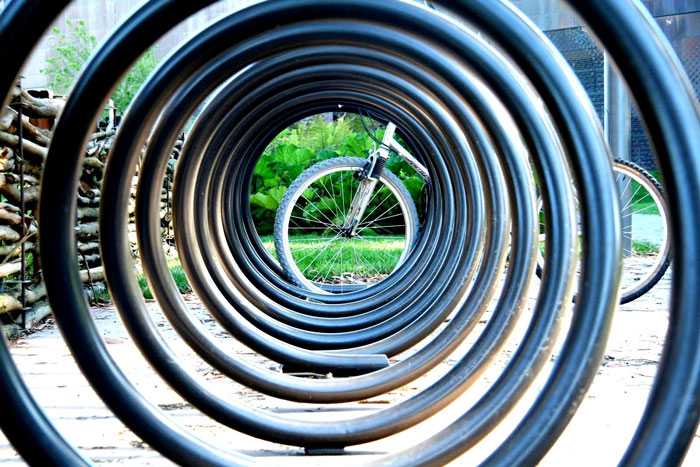In the 1980s, scientists first noticed circles of DNA interspersed among the normally linear chromosomes of eukaryotic nuclei. Little is known about these molecules, which are called extrachromosomal circular DNA (eccDNA). Variation in eccDNA appears to be biologically significant; development of an organism often comes with increased numbers of eccDNA, for example, and certain types of eccDNA are associated with some cancers.
Shoura et al. aimed to learn more about these mysterious molecules by mapping the “circulomes” of the nematode Caenorhabditis elegans and three different human tissues, one diseased and two normal. The group found that each of these cell types has different sets of eccDNA. But they discovered some similarities, too: circulomes of certain cell types were enriched for copies of genes that encode multiple protein isoforms. These included the genes for titin (in C. elegans), a massive muscle protein, and mucins (in humans), a group of proteins often found in mucus.
Since other researchers have found that chromatin remodeling machinery can alter the copy number of certain eccDNA, it’s possible that the differences in chromatin state among cell types contribute to the differences in circulomes. Although Shoura et al. didn’t investigate the biological effects of the variation between these circulomes, they could have functional significance, since other researchers have found that some cancer cells carry circularized genes that promote tumor growth or contribute to drug resistance.
Investigating the interplay between the circulome and cellular conditions will be much easier thanks to Circulome-Seq, the technique Shoura et al. developed to conduct this study. Circulome-Seq weaves together methods that range from modern DNA purification, barcoding schemes, and bioinformatics approaches to a density gradient centrifugation procedure for DNA separation devised in the 1970s. As well as revealing more about the intriguing biology behind eccDNA, the group’s new technique makes it possible to test whether different types of eccDNA could serve as useful biomarkers for disease states.
CITATION:
Shoura, M.; Gabdank, I.; Hansen, L.; Merker, J.; Gotlib, J.; Levene, S.; Fire, A. Intricate and Cell Type-Specific Populations of Endogenous Circular DNA (eccDNA) in Caenorhabditis elegans and Homo sapiens.
G3, 7(10), 3295-3303.
DOI: 10.1534/g3.117.300141
http://www.g3journal.org/content/7/10/3295













